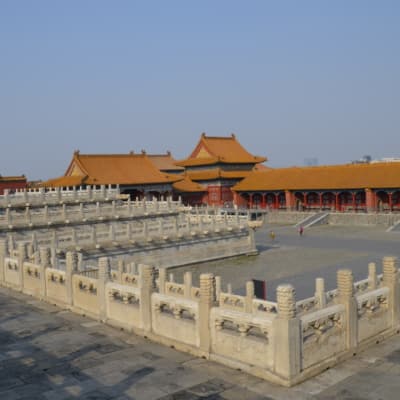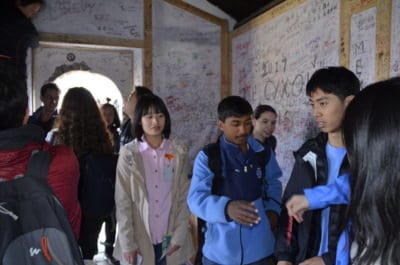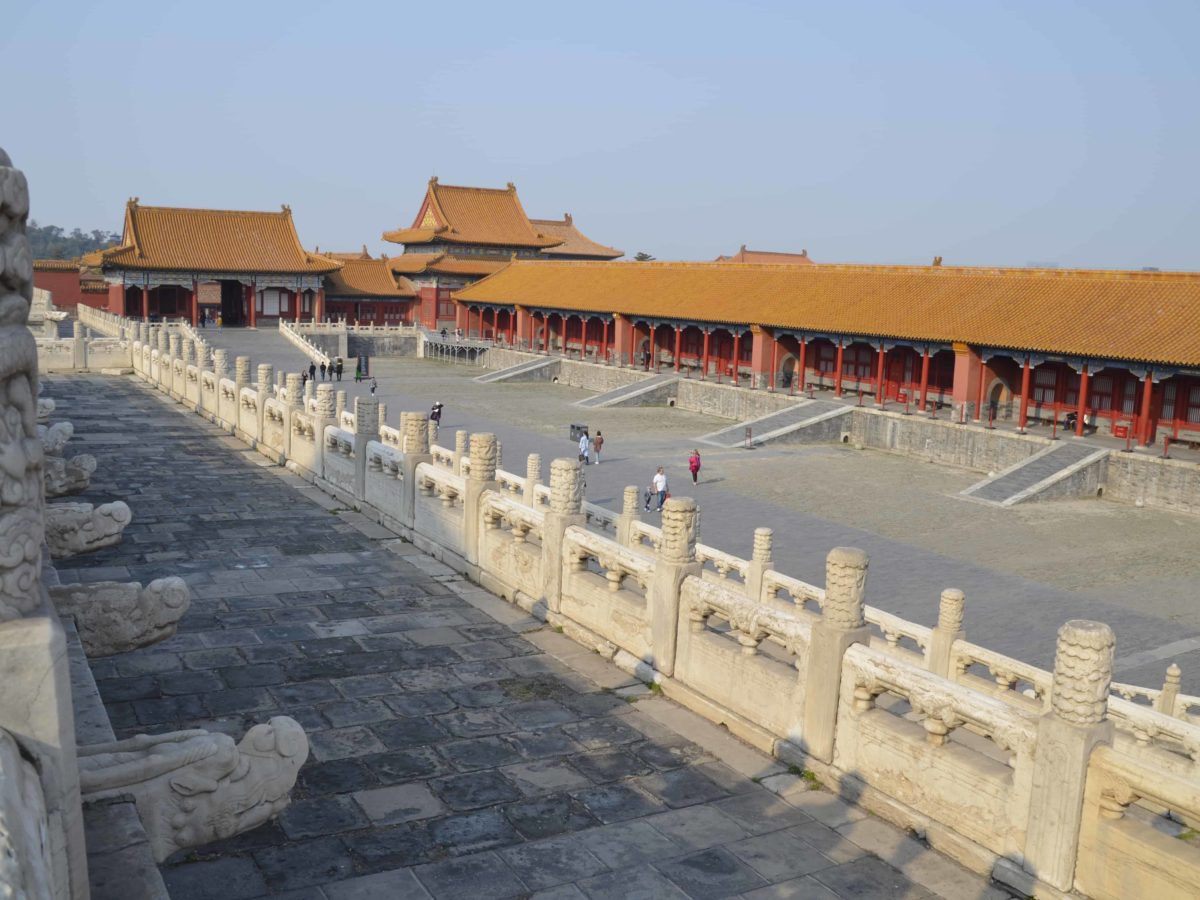

The Forbidden City is a site to behold with over 8,700 rooms spread out over 182 acres in the heart of Beijing.


As our North Carolina delegation toured the palace grounds, I trailed slightly behind, noticing how nearly everyone was enthralled with the grandeur of different buildings and gates. I, on the other hand, took notice of what most people gave no thought to — the brickwork providing a solid pathway between the various sections of the Palace courtyards and buildings.


The Forbidden City was first completed in 1420 and rebuilt after fires in 1421, 1557, and 1644. Yet the paving throughout much of the Palace grounds is the original six-century-old brick.
My vision for the education system in North Carolina is to strive to be like the brickwork in the Forbidden City — stout, confident, and interlocking to form the pathway for our students to follow to successful careers across the state. A single brick is useless, but joined together with other bricks, a pathway emerges.
Leadership, too, is dependent upon building lasting, interlocking relationships, together laying out a pathway to success. Leaders in North Carolina need to bring together diverse individuals to form cross-functional or cross-agency teams, aligning them toward a common vision of education in the state and motivating the teams down the pathway.
Some brickwork is needed.
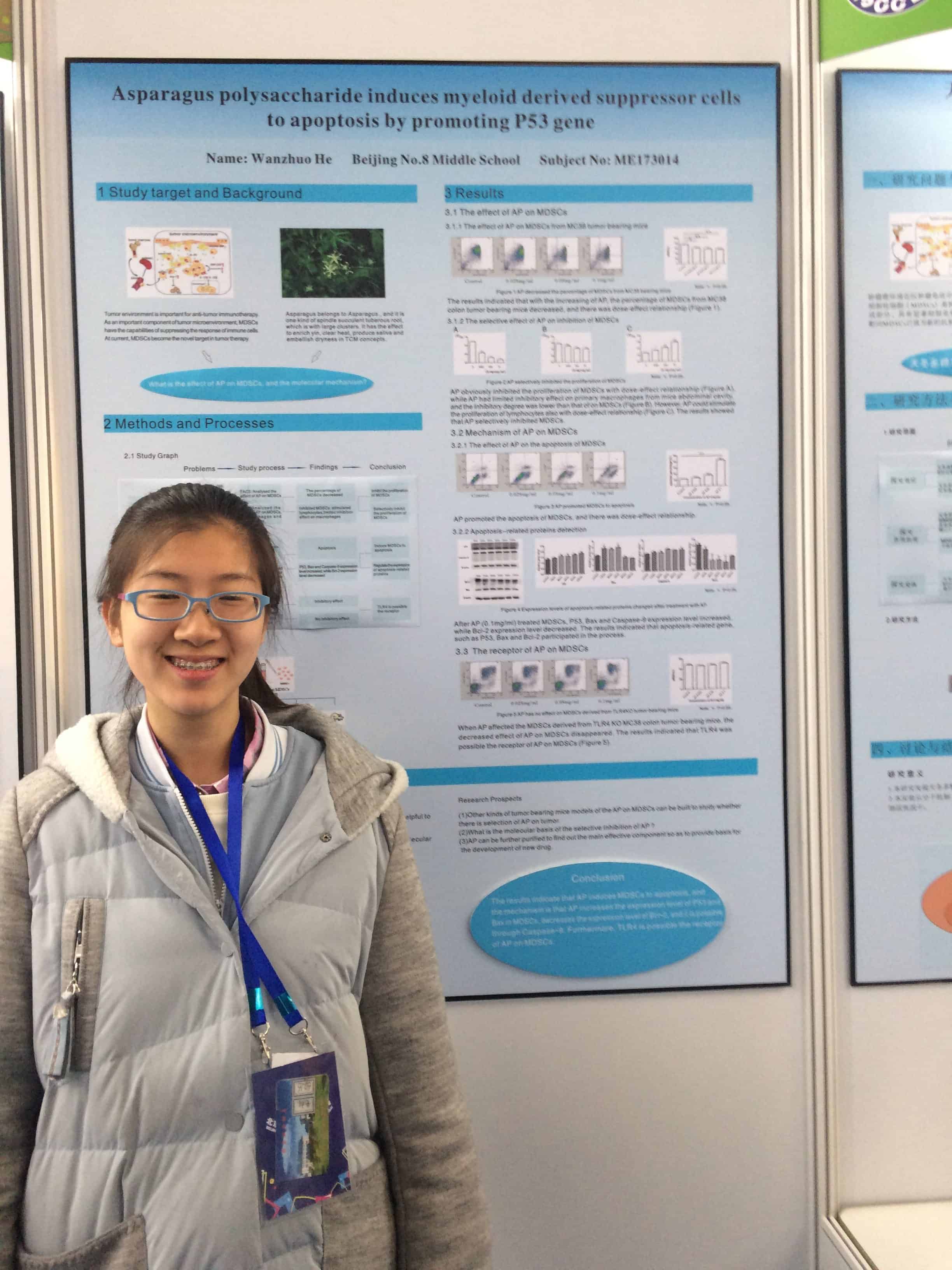



Arjun Keshava, one of the four North Carolina students to participate in the Beijing Youth Science Creation Competition, believes if given the opportunity and provided the resources, there would be more North Carolina students participating in research at the high school level. Dory Li adds that a diverse group of students needs to have access to these opportunities.
More community college and undergraduate university students need access to rigorous STEM research opportunities. Research occurs at these levels, but when an opportunity for a high school or community college student participate in a research project occurs, it is the exception, not the norm.
Deep knowledge gained about a subject of interest, along with the development of problem solving and critical thinking skills, are just a few of the benefits of conducting research. What kinds of problems would be solved or new discoveries made if more high school and community college students were provided the opportunities and resources to conduct original research? The connection between community colleges and early college high schools in the state provide the perfect pathway for students to participate in research like Arjun, who attends Wake Early College of Health and Sciences.
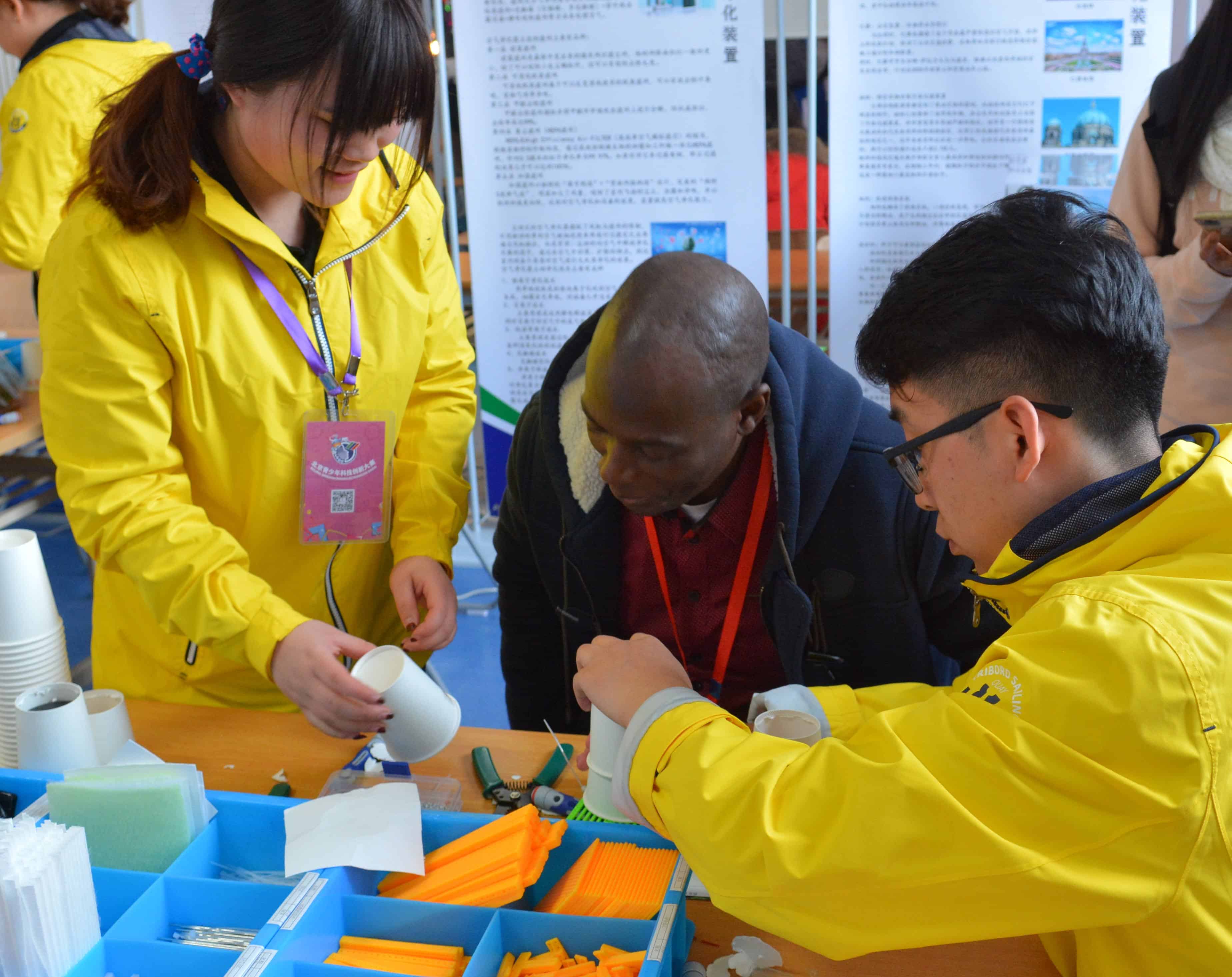

The Competency-Based Education Network defines competency-based education, or CBE, as occurring when students acquire and demonstrate their knowledge and skills by engaging in learning exercises, activities, and experiences that align with clearly defined programmatic outcomes. Students receive proactive guidance and support from faculty and staff. Learners earn credentials by demonstrating mastery through multiple forms of assessment, often at a personalized pace.
The N.C. Community College System is currently involved in piloting CBE in information technology programs, with Central Piedmont Community College acting as the lead college for the pilot. If successful, CBE will be scaled across the system of 58 community colleges in information technology programs. Nationally, CBE is growing in popularity at many universities and community colleges, but it is not just for higher education.
Several public schools around the country are experimenting with CBE. The state of New Hampshire has recently mandated that all high schools measure credit according to students’ mastery of material, rather than time spent in the classroom. This policy shift created the first-ever statewide effort to create a competency-based education system.
North Carolina needs to do more than just keep an eye on New Hampshire’s effort. It is time to act. By creating CBE pathways from K-12 to community colleges to universities, North Carolina would be leveraging the state’s 58 community colleges and 16 public universities to transform education and begin to reduce the skills gap currently poised to grow significantly as more baby boomers age out of the workforce.




Ana Sofia Uzsoy, another North Carolina student on our trip to Beijing, believes more girls need to enter science, technology, engineering, or mathematics fields (STEM). She points out that our society must stop treating girls differently outside of academia as well as within academia. The public obsession with princesses and not encouraging girls to play in the mud or get dirty has a profound impact on the esteem of little girls and adolescent development.
The two young women on our trip were both encouraged at young ages to play outside and investigate their worlds. Dory told a story about how she would collect weeds and flowers and pretend to create “potions” with them. She is now researching drug delivery. Our girls should be encouraged to play in the yard and pick up insects, wade in a stream and pull out rocks, and mix weeds in a pot to make magic potions. Sure, they may soil or stain their clothes, but in 20 or 30 years, they may also cure cancer or develop protective environments for astronauts working on Mars.
Community colleges can play a large role in changing perceptions among potential female students regarding science careers. An informal survey I conducted with 48 of the 58 community colleges revealed that collectively in 2016, there were over 500 different STEM-related activities being conducted by community college faculty and staff. Many of these STEM activities are open to the public, geared toward girls, and occur during the summer.
Unfortunately, STEM outreach programs are not funded, and the colleges must charge fees to conduct these valuable informal science education programs. This type of self-support fee structure can be a barrier for many families and limits most of the STEM activities to more urban areas of the state where the programs can generate the income required to operate. Expanding summer science camps for girls, STEM outreach activities for the public and other informal science education programs, with an emphasis on rural regions of the state, should be a priority for state leaders.
More than 15 million people toured the Forbidden City in 2015. Yet, the brick pathways endured as they have for over 600 years. We can learn a lot from those solitary, gray, ordinary bricks — aligned and strong, creating the pathways that allow millions of visitors to enjoy the palace grounds.
Some brickwork is required in North Carolina to establish the education pathways to a more secure and prosperous future for our students,
our schools, colleges, and universities,
and our state.




